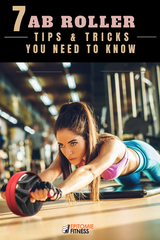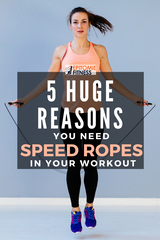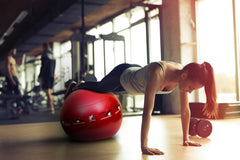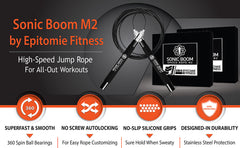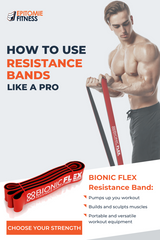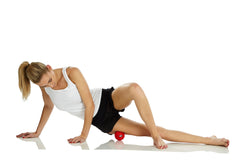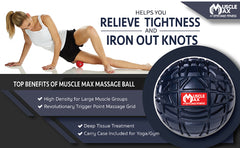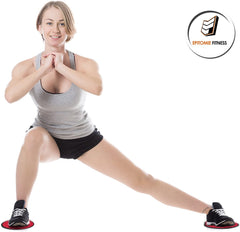How to Use Resistance Bands Like a Pro
by Epitomie Fitness
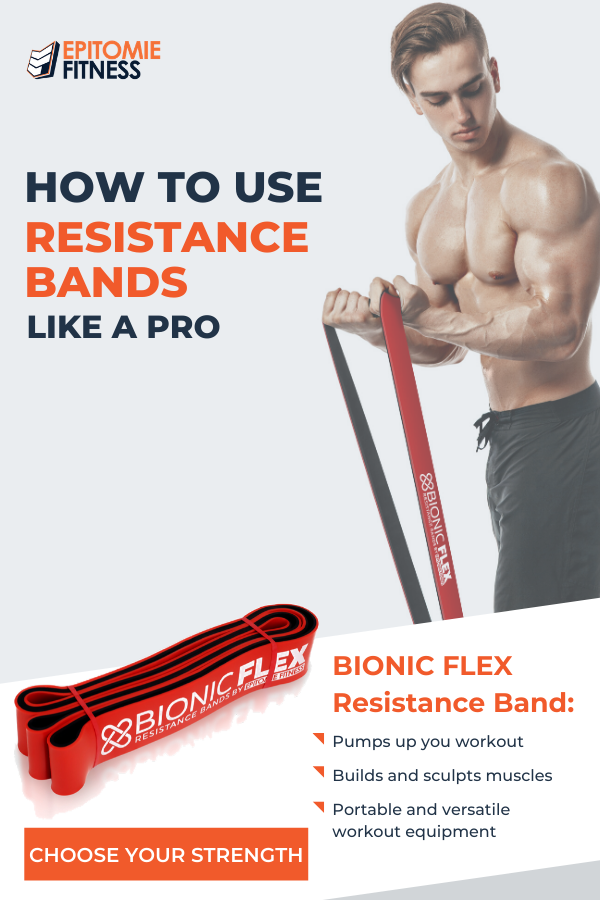
Getting Started with Resistance Band Exercises
Pros rely on resistance band products for a number of reasons. They’re convenient and portable, and they’re also appropriate for every fitness level, even beginners.
There are many more resistance band benefits: They allow you to progress slowly, do exercises that are standing or seated, can be used by pregnant women, seniors, and those coming back from an injury, and work your muscles in a way that’s similar to lifting weights. Most of all, they engage multiple muscle groups because you’re working to stabilize yourself as you move through a range of movements. That can not only build strength, but also help with balance, mobility, and overall function.
To get started, choose the lowest “weight” of resistance band or power band first, which means you’ll get the least resistance. As you progress, you’ll move up in resistance bands so you’re working harder to resist the force of the band.
Resistance Band Exercises to Try
There are hundreds of resistance band training options, but the pros recommend starting with some basics that you can build on over time, especially choices like these that work multiple muscles simultaneously.
Resistance band pull ups
In a regular body weight pull up, the upward movement provides more strength training than the downward drop. But using a product like the Bionic Flex Pull Up Assistance Band gives you resistance throughout the entire movement, making pull ups much more effective. Also, you can use the bands to progress in your pull ups and be more consistent in your training.

Resistance band deadlifts
By using resistance bands instead of weights for a go-to move like dead lifts, you’re able to have a predictable amount of tension during the entire move, and the pros believe that helps you work on form much better.
Resistance band pushups
In addition to creating a nice amount of resistance that will make your core engage more during a pushup, resistance bands will help you keep proper alignment during pushups. For example, use of the bands will prevent your arms from collapsing inward during the pushup’s descent, which can cause your back to arch and hips to drop.
Resistance band squats
Much like the resistance band pushups, using the bands to do squats can be a great way to work on your form and create consistent tension during both the downward and upward phases of the movement.
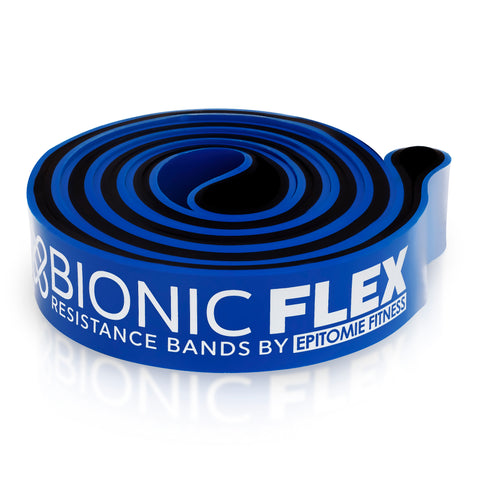
Resistance band moves for glutes and abs
Integrating resistance band training into exercises like donkey kicks, inner thigh workouts, and oblique exercises can make all of those actions much more effective. Just like other training selections, the resistance bands give you tension throughout the entire move, not just when you contract the muscles. That means glutes and abs will be working twice as hard as they would be without the bands.

Also, try changing up your resistance band routine by creating a resistance band desk workout with seated resistance band moves to counteract long stretches of sitting, or integrate some jumping into the mix with options like resistance band jumping jacks, resistance band HIIT workouts, or resistance band jump squats. You can even play around with using resistance bands on treadmill walks.
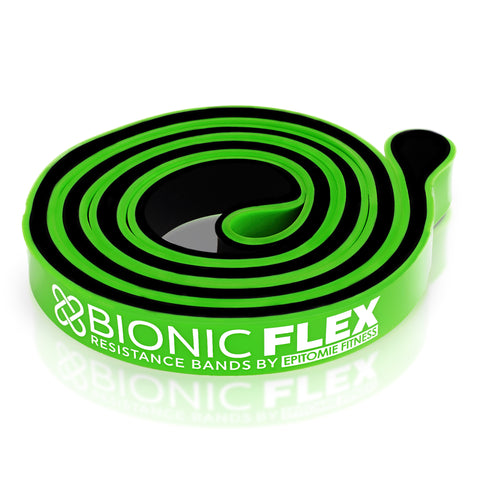
No matter which resistance band moves you choose, making sure you have high-quality resistance bands and progressing gradually are key.



